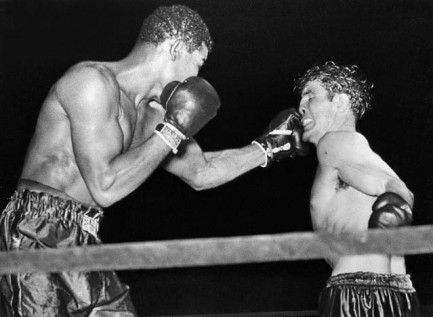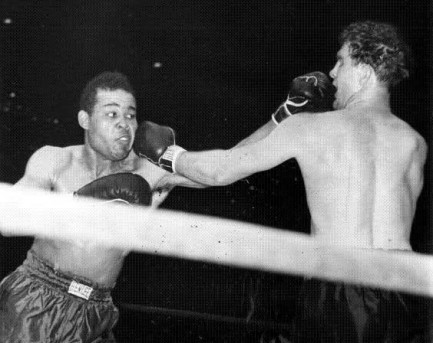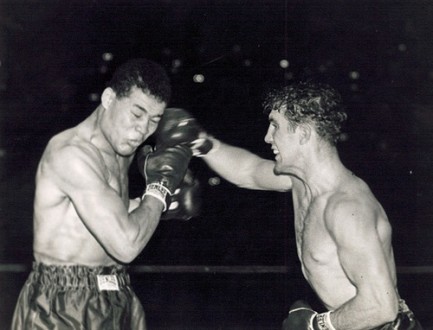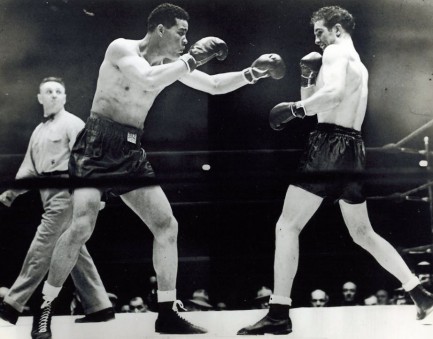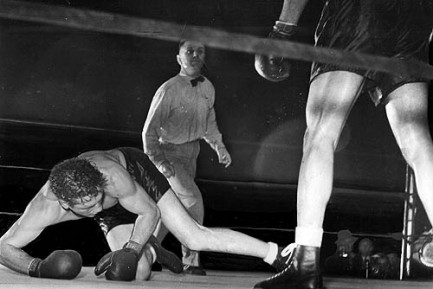| Sportswire | Apr 19 2023 |

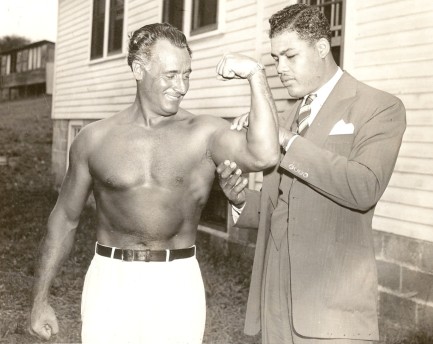
Two titans of U.S. culture meet in this photo showing boxing champ Joe Louis examining the muscles of strongman Charles Atlas (née Angelo Siciliano) at Madame Bey's, a New Jersey camp for professional boxers. While Louis and Atlas are legends in their fields, Bey was an interesting personality too, though now mostly forgotten. Her camp was used by top rank boxers who needed to train for upcoming fights, and because the rules banned alcohol, swearing, women, etc., it was considered an ideal place to hone skills while shutting out distractions. The photo was made in 1938.
| Hollywoodland | Oct 30 2019 |

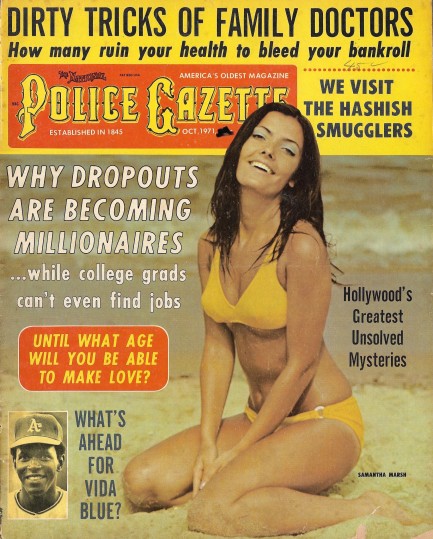
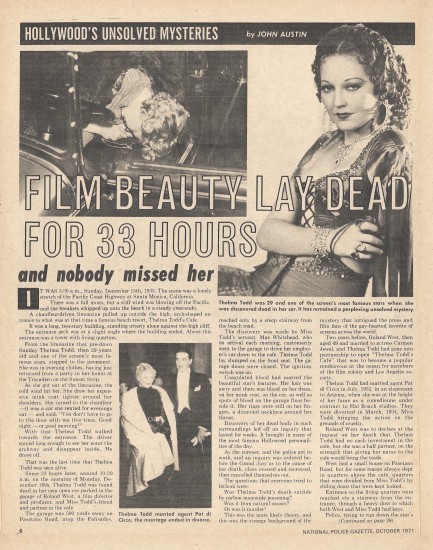
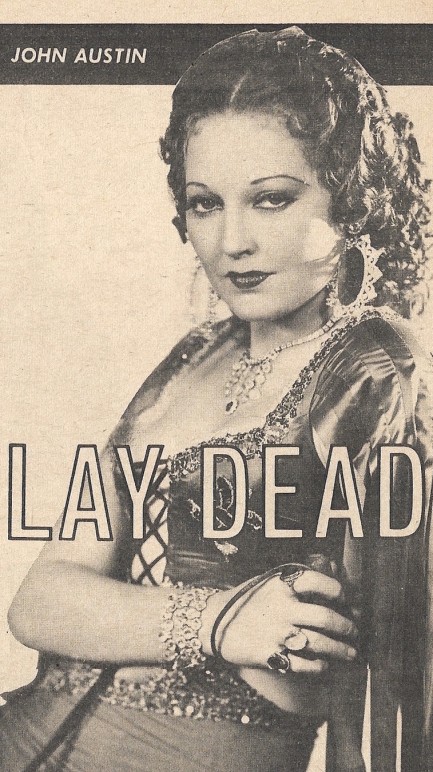
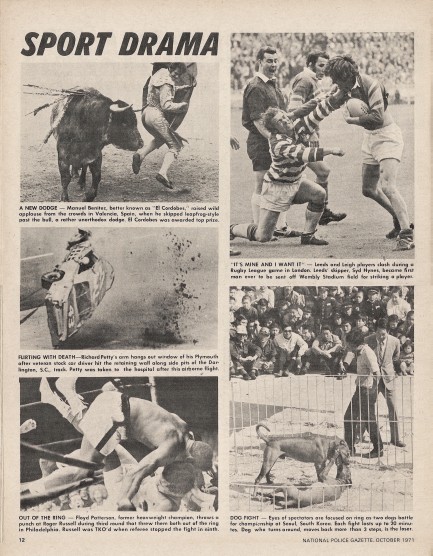
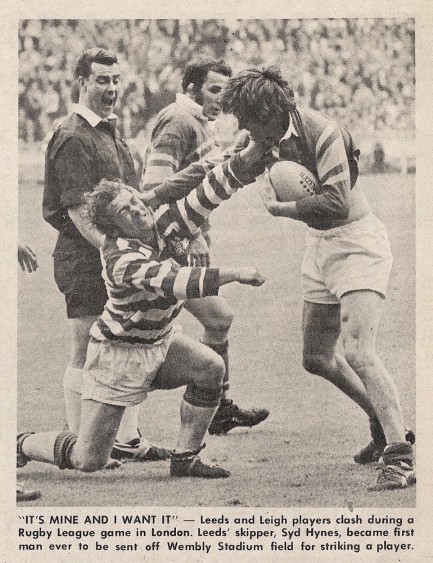
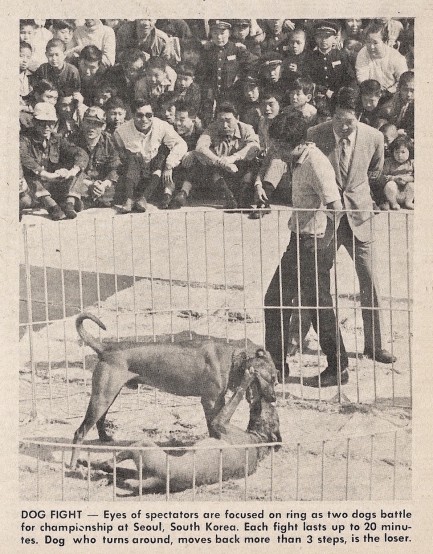
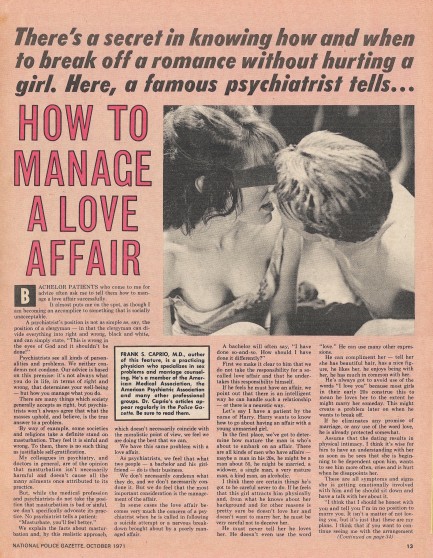
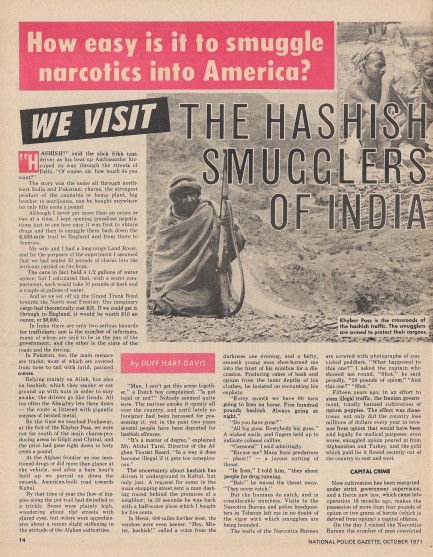
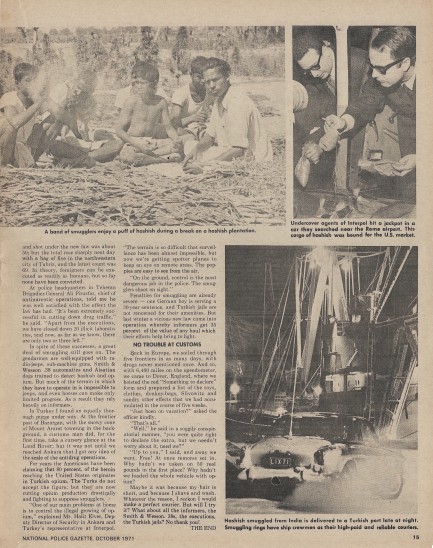
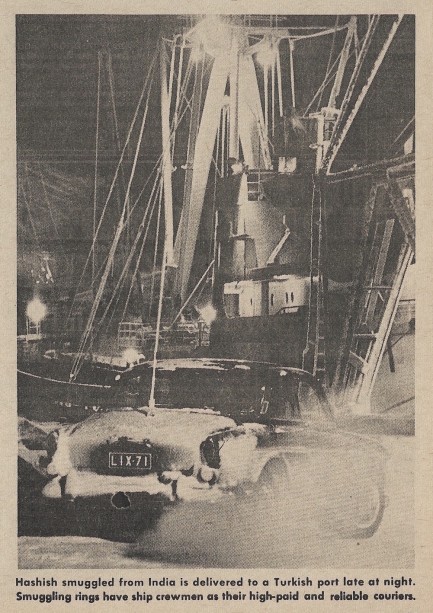
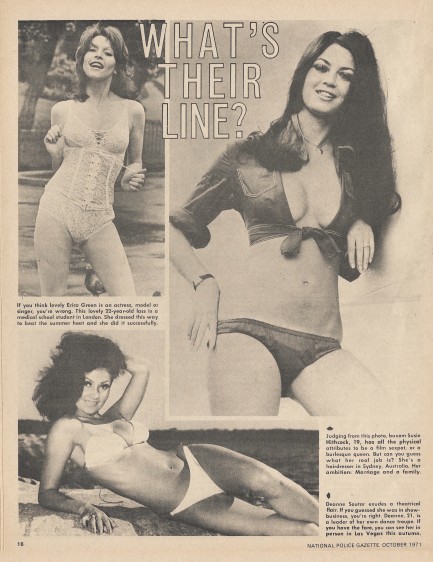
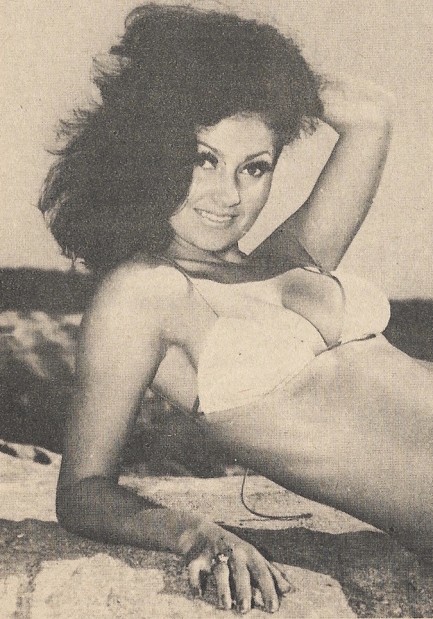
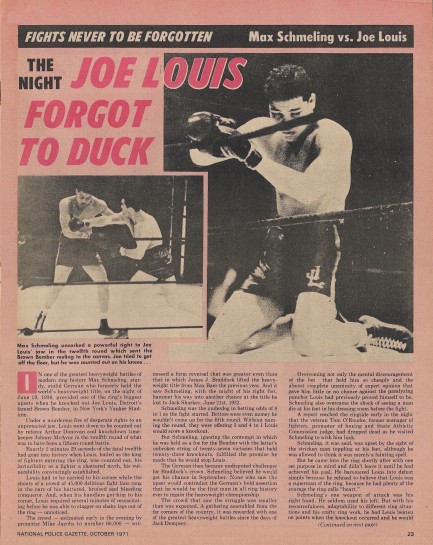
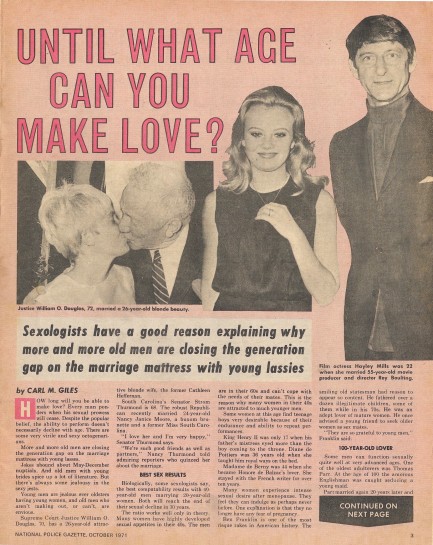
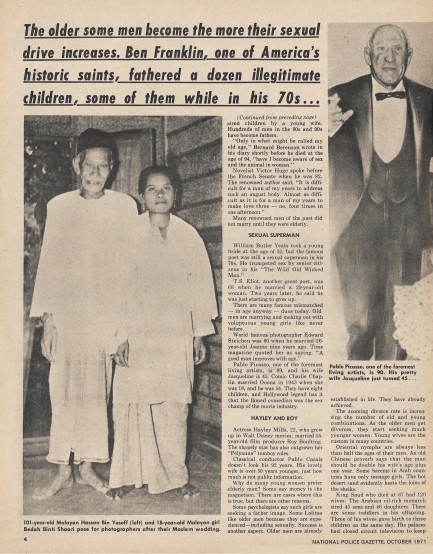
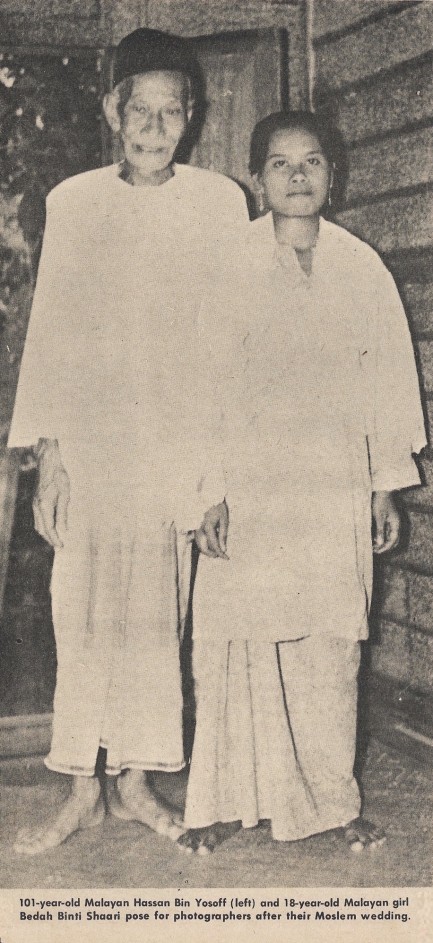

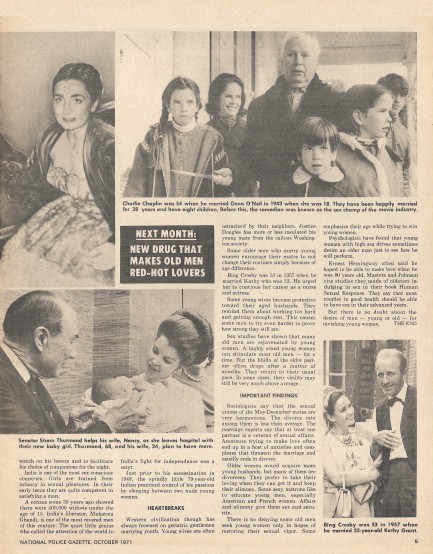
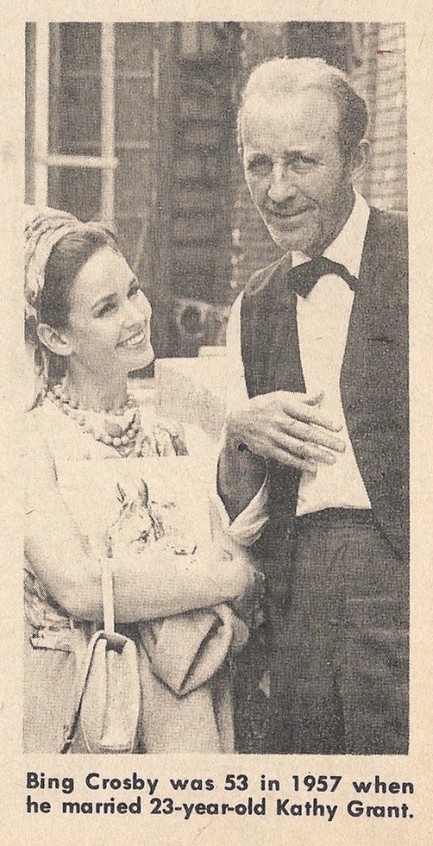
| Sportswire | Dec 29 2016 |

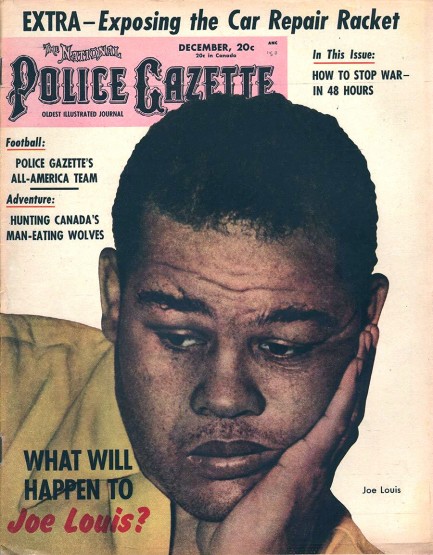
The National Police Gazette asks on a cover from this month in 1950 “What Will Happen to Joe Louis?” It's a poignant question. Louis had earned more than $4 million during his boxing career (about $40 million in 2016 money), but thanks to predatory managers and slimy handlers had received only about $800,000 of it. However, his gross earnings left him with a huge tax bill, forcing him to fight past his prime in an attempt to pay off the debt. In September 1950 he met Ezzard Charles and was thrashed. For his pain he earned just over $100,000—not nearly enough to pay off the government. Left with no choice, he decided to shoot for another big payday. First he notched several wins again club level fighters, then booked a bout against another top boxer. That boxer was twenty-seven year old Rocky Marciano, and the meeting ended with Louis being knocked clean out of the ring. So, getting back to the Gazette's question: "What will happen to Joe Louis?" What happened is he retired and became an exhibition fighter, still carrying that heavy debt, and he never paid it off.
| Sportswire | Oct 10 2016 |

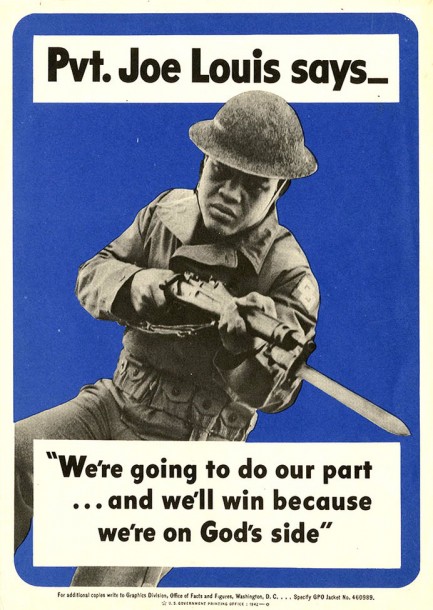
This bit of World War II propaganda, which was created by the Graphics Division of the U.S. government's Office of Facts and Figures in 1942, caught our eye for a couple of reasons. It features champion boxer Joe Louis, which is interesting enough, but it also features a quote he had uttered while taking part in a military charity event: “We’re going to do our part… and we’ll win because we’re on God’s side.”
This is an interesting turn of phrase because of its inversion of "our" and "God." The way Louis formulates the idea suggests God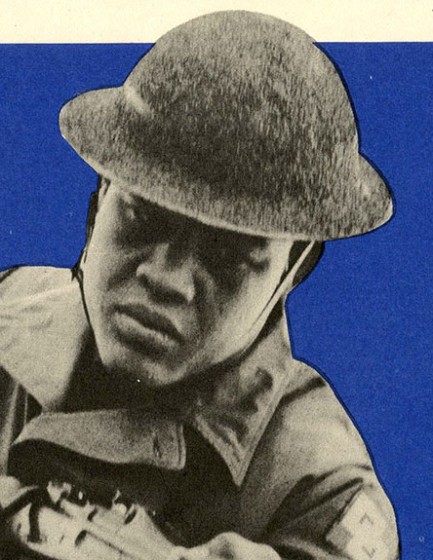 desired the war and the U.S. was just helping out. Usually you hear the sentiment expressed as, “God is on our side,” but Louis's quote has more power loaded into it than the standard iteration. It casts Japan as not just battling an enemy nation that has God's help, but battling the natural order of the cosmos.
desired the war and the U.S. was just helping out. Usually you hear the sentiment expressed as, “God is on our side,” but Louis's quote has more power loaded into it than the standard iteration. It casts Japan as not just battling an enemy nation that has God's help, but battling the natural order of the cosmos.
Of course, the Japanese also thought they were divinely guided, and over in Europe where Germany was fighting several countries at once, the opportunistic Adolf Hitler, though a skeptic in private, declared himself a Christian in public and busily used religious sentiment in his devoutly Catholic nation to whip up support for his rule. Thus God was presumably rooting for both sides. We have a sizable collection of World War II propaganda inside Pulp Intl., originating from many countries, which we think is worth a look. You can see some of it here, here, here, here, here, and here.
| Sportswire | May 11 2016 |

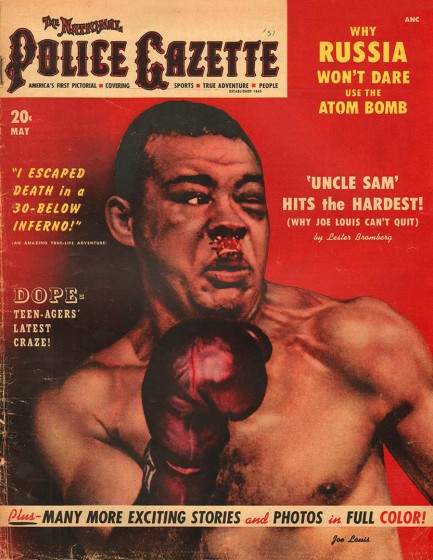
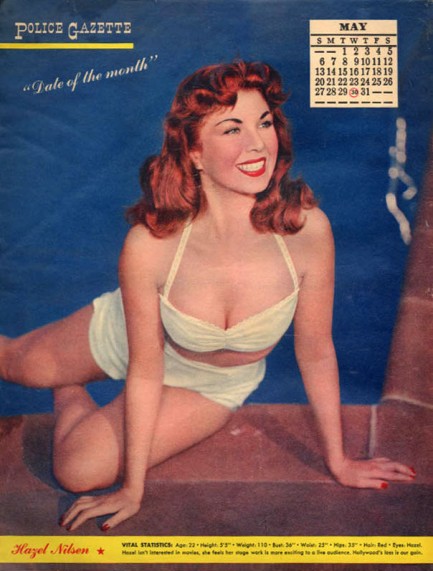
| Sportswire | Nov 4 2014 |

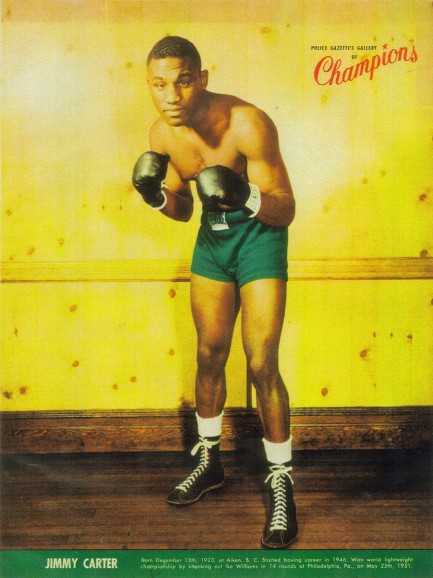
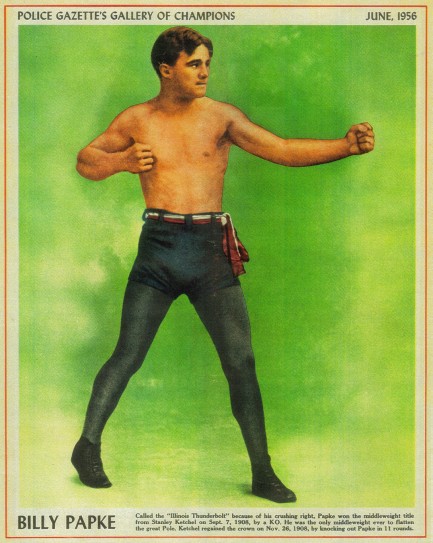
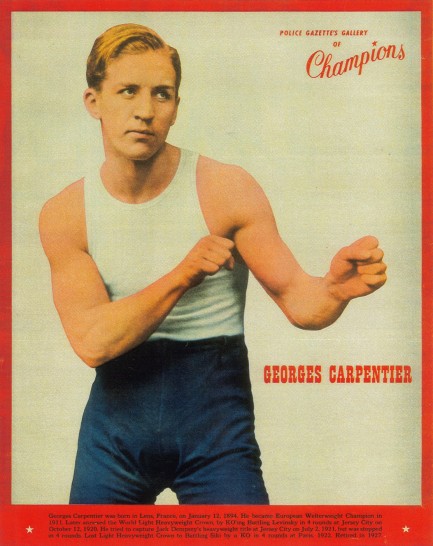
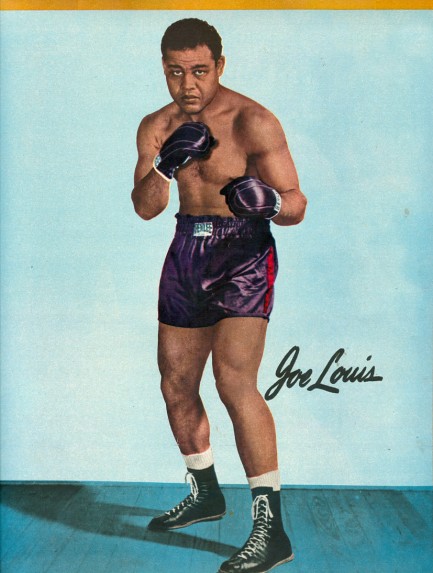
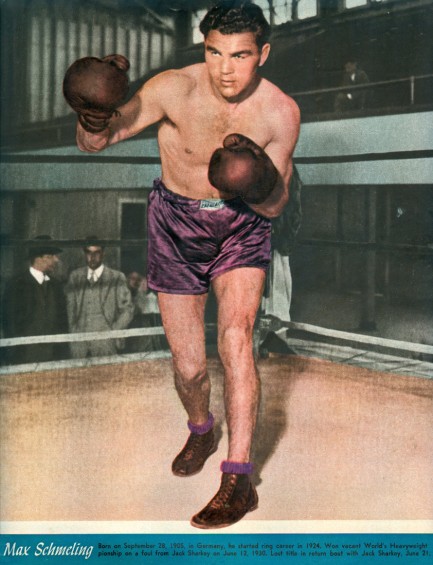
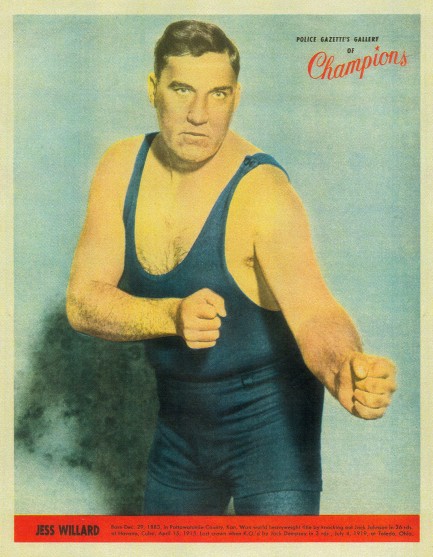
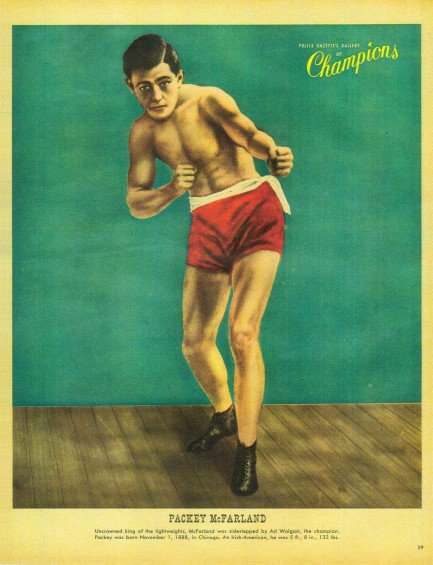
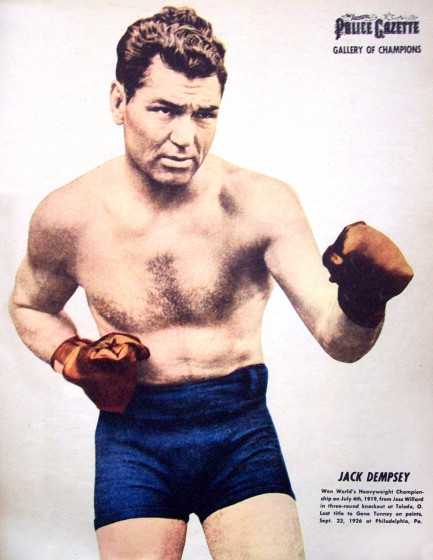
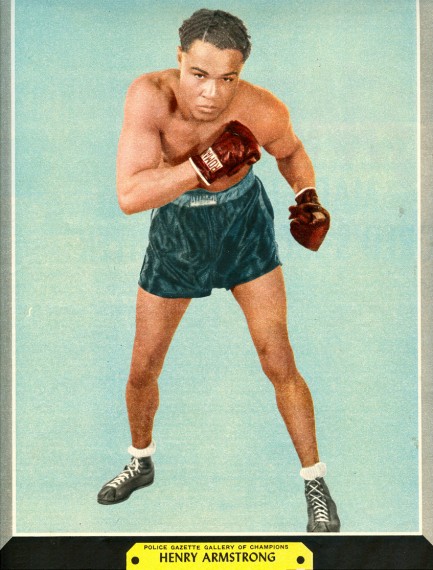
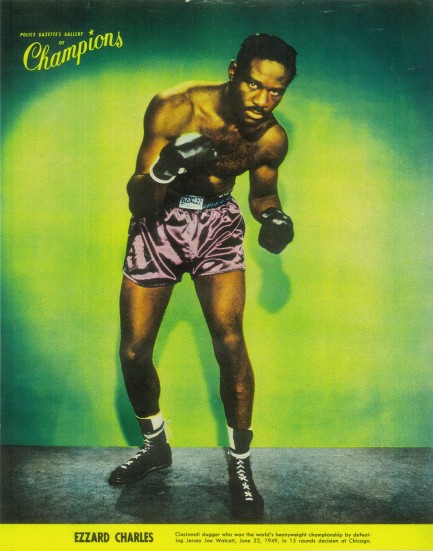
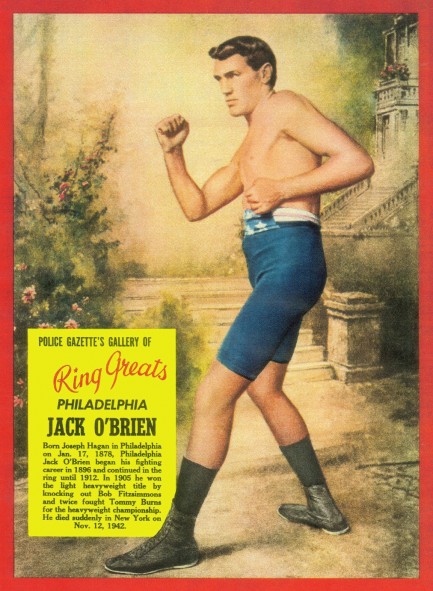
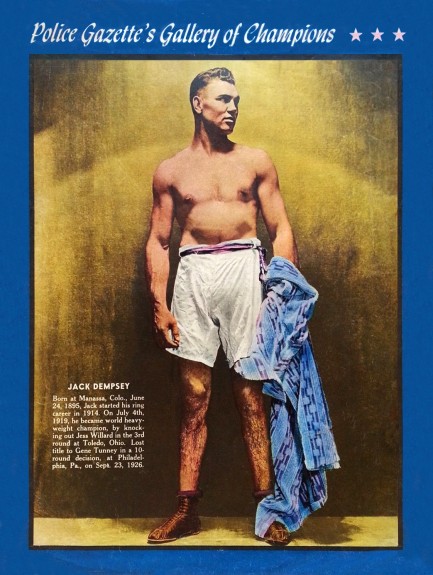
The National Police Gazette devoted much of its space to boxing. Above you see twelve pages, some originals and some reprints, from its monthly feature the Gallery of Champions. Of course, Jimmy Carter, at top, later went on to become president of the United States. Really a remarkable story.
| Vintage Pulp | Jun 8 2014 |

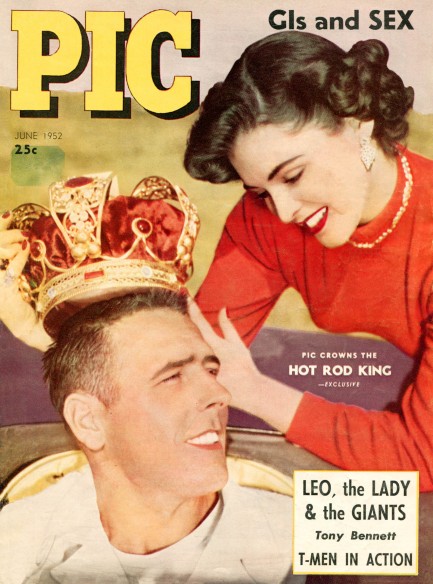
We’ve featured Pic magazine only once before, but not because it was an unimportant publication. Quite the opposite—we’ve seen issues as early as 1936 and as late as 1958, making it both a Depression and World War II survivor, presumably no easy feat and certainly a run indicative of sustained popularity. Early issues seemed focused on sports, but it soon broadened to include celebrities. It was launched by Wagner Publications of New York City, and this issue appeared in June 1952 with a cover featuring actress Suzan Ball placing a crown on the head of Akton Miller, a man Pic had chosen as its Hot Rod King. Inside you get a raft of Hollywood stars, including photos of Yvonne De Carlo in Uruguay, Marilyn Monroe, Janet Leigh, and Joan Vohs, shots of New York Giants manager Leo Durocher and his beautiful actress wife Laraine Day, and some nice boxing pictures. There’s also an interesting feature on the day’s top vocalists (with African-Americans notably excluded), and a profile of crooner Tony Bennett.
It was then that her train to stardom jumped the tracks. She injured her leg performing a dance number in East of Sumatra, and later in the year had a car accident and hurt the leg again. Treatment for those two injuries led to the discovery of a cancerous tumor. Soon afterward she fell and broke the limb, and when doctors decided they couldn’t remove the tumor they instead took the entire the leg. That was in January 1954. Ball soldiered on in her show business career with an artificial leg, starring in Chief Crazy Horse, though she lost fifteen pounds during the production, and later playing nightclub dates and appearing on television shows. In July 1955 she collapsed while rehearsing for the show Climax, whereupon doctors discovered the cancer had metastasized and spread to her lungs. A month later she died at age twenty-one. We have about fifty scans below.
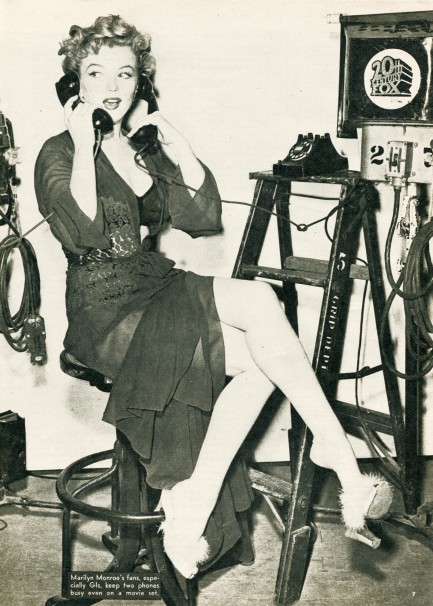
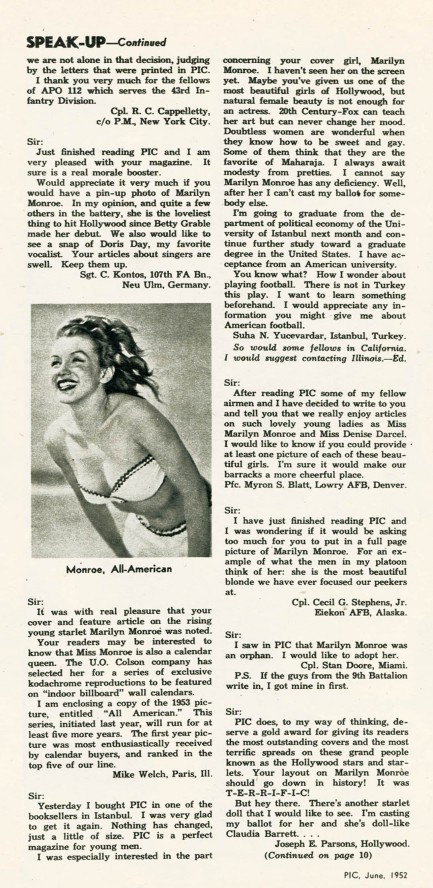
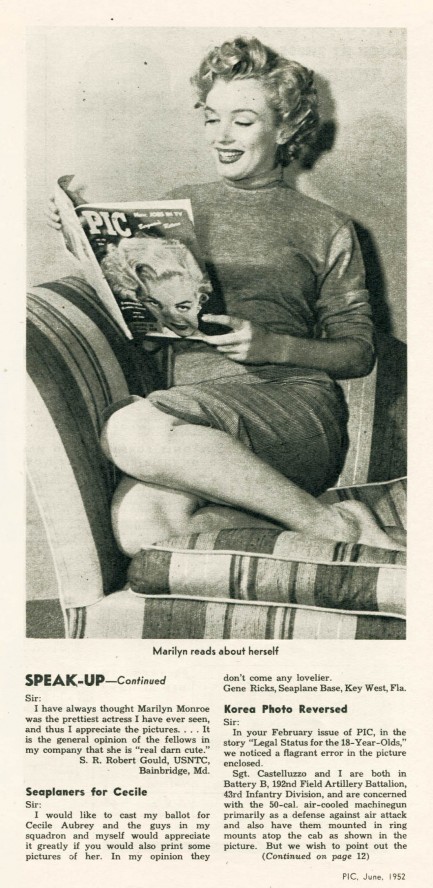
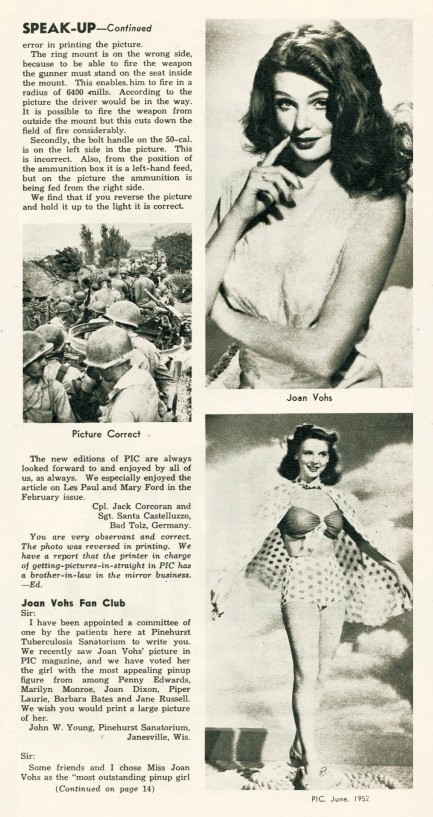
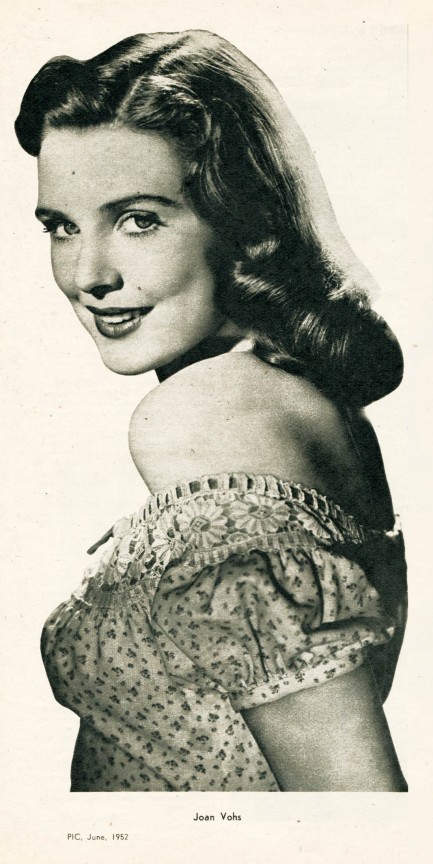
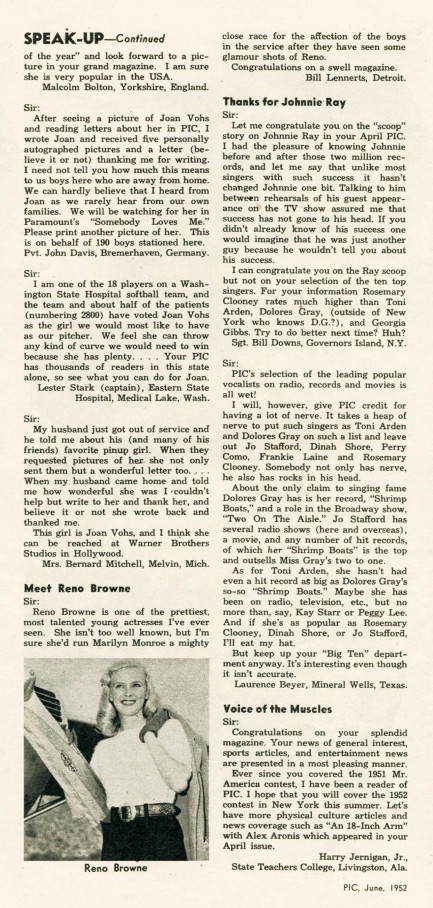
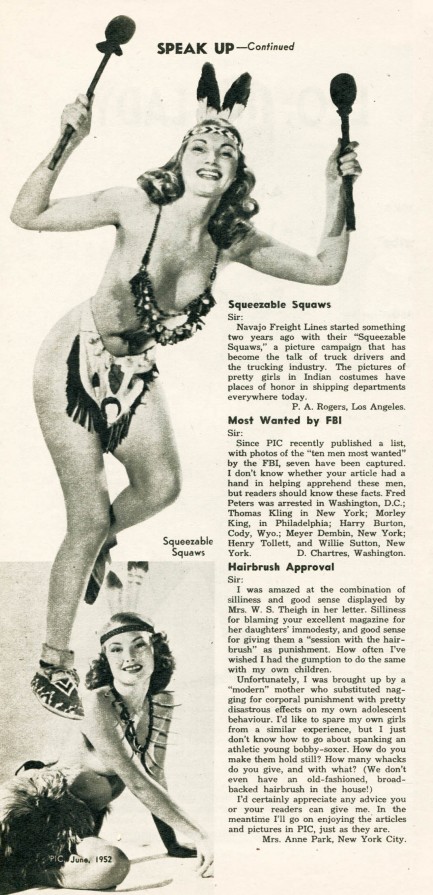
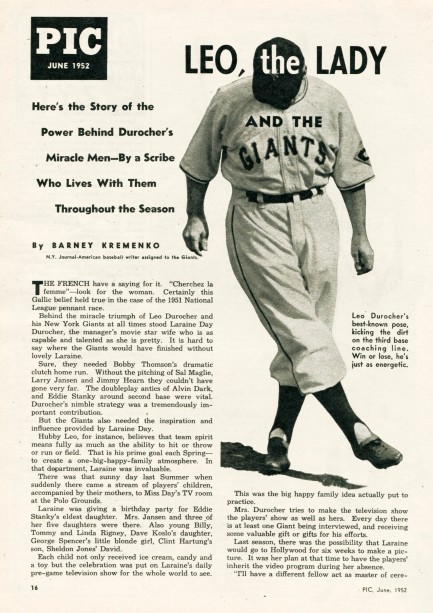
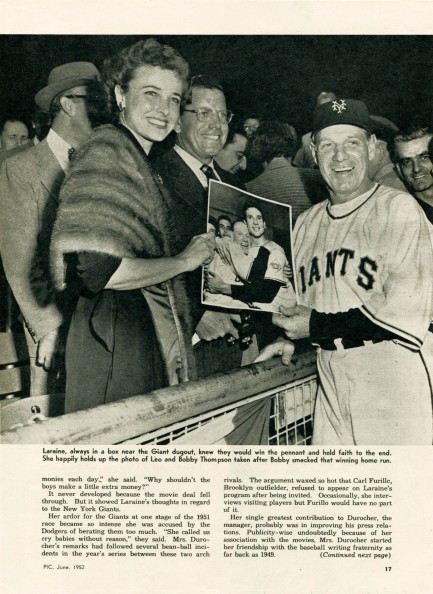
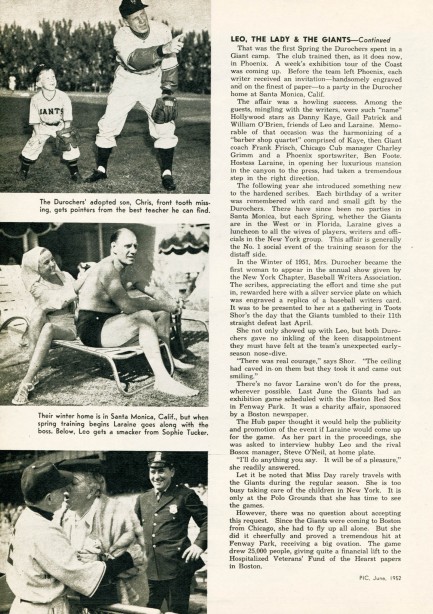
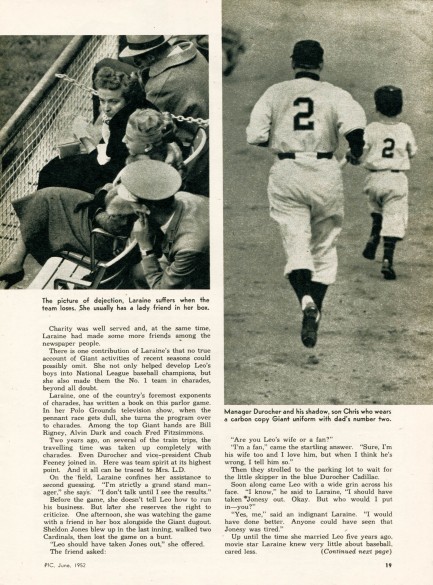
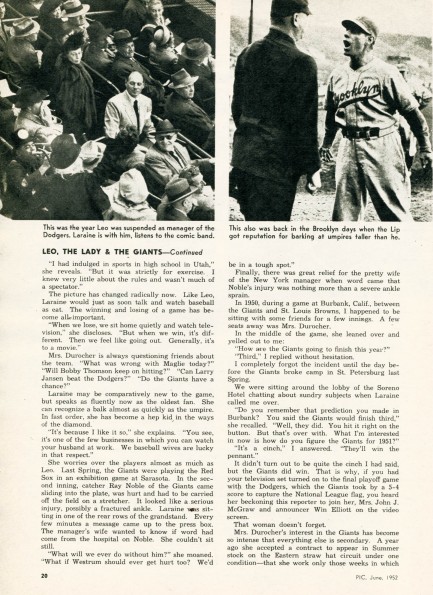
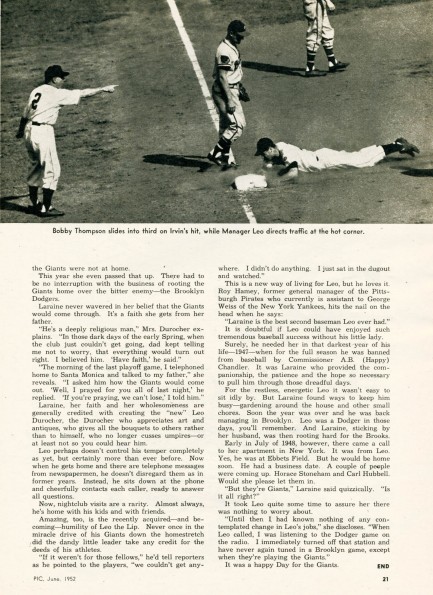
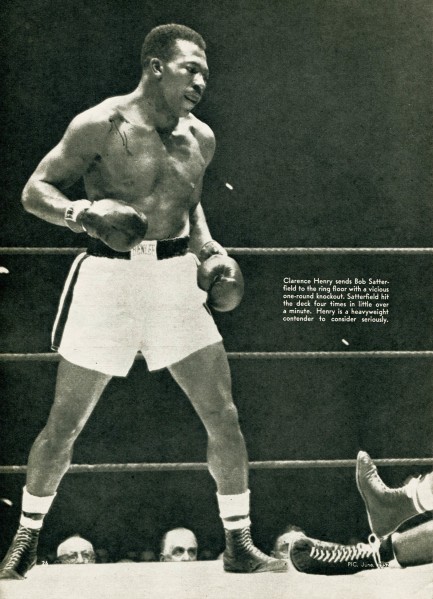
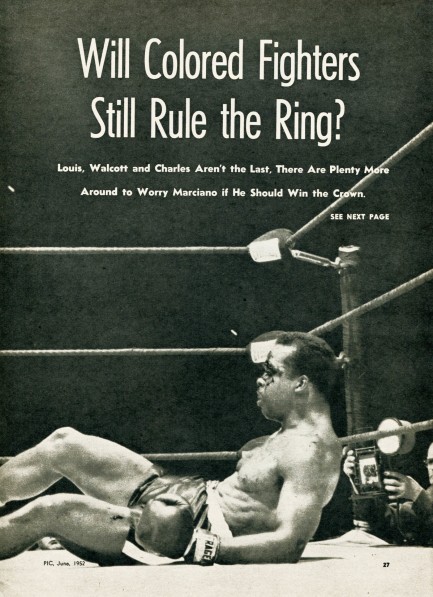
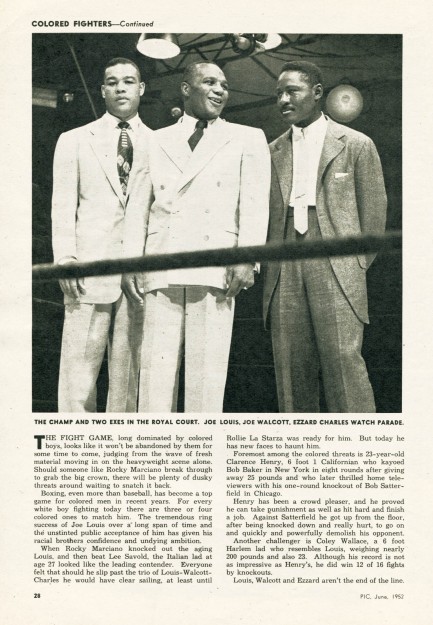
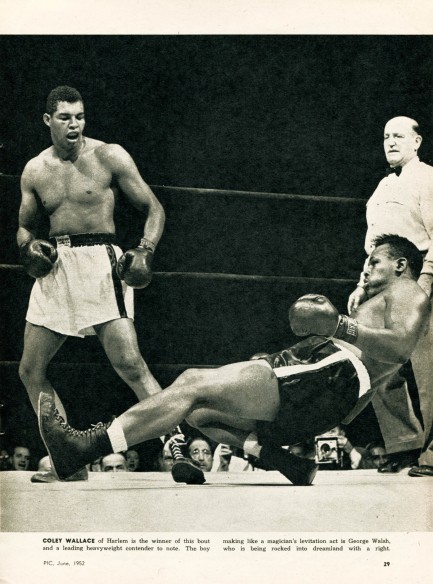
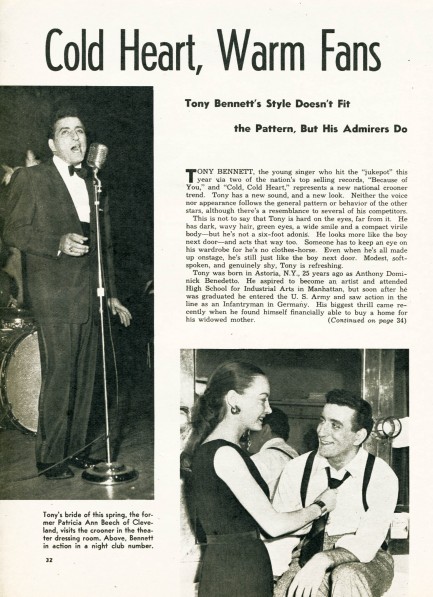
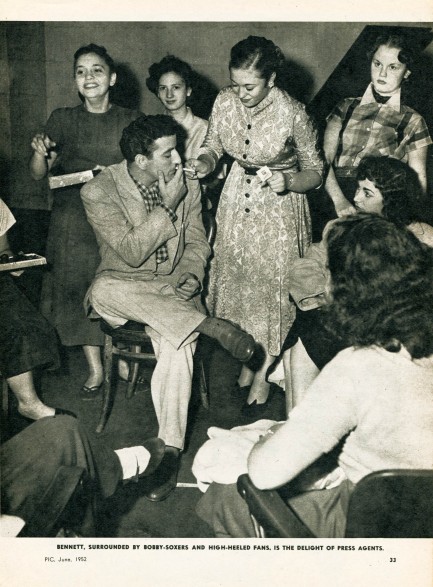
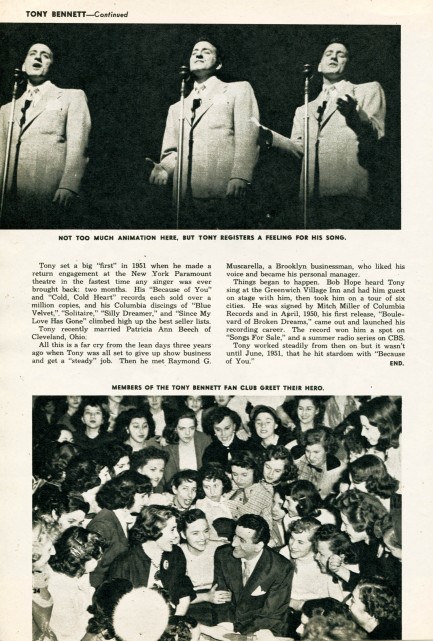
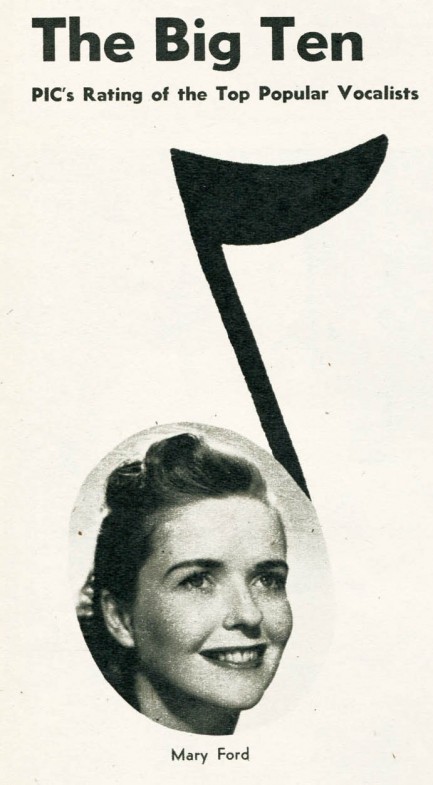
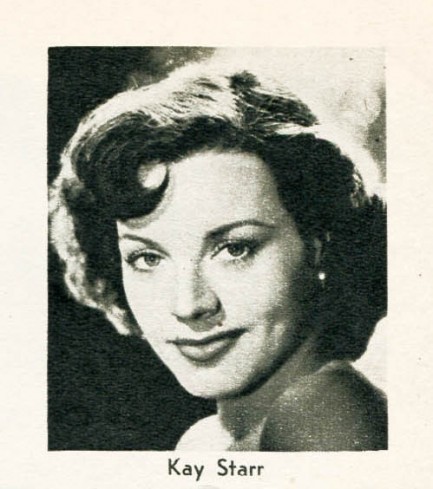
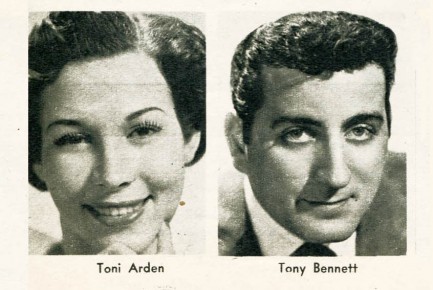
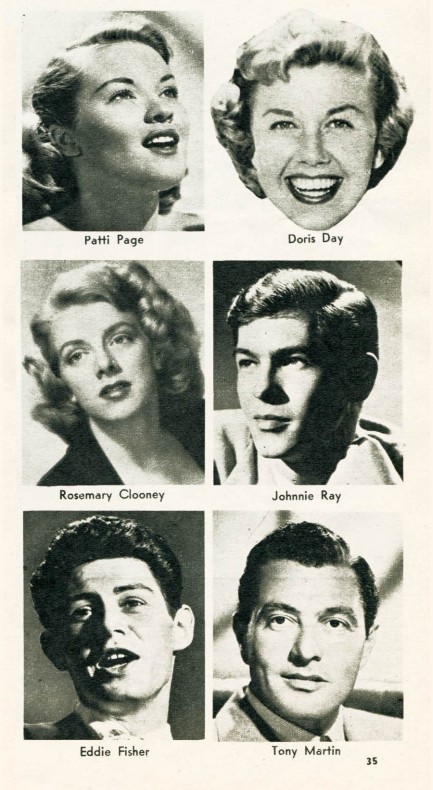
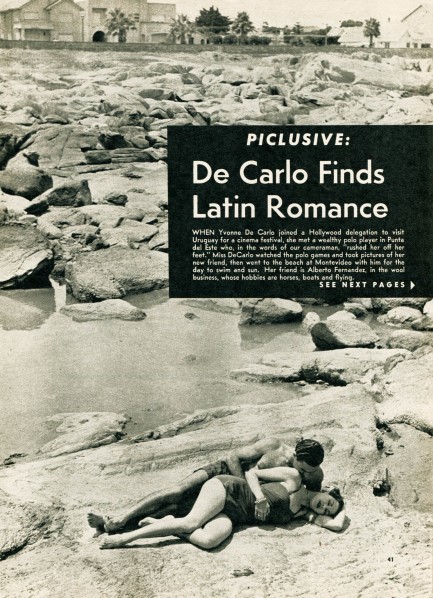
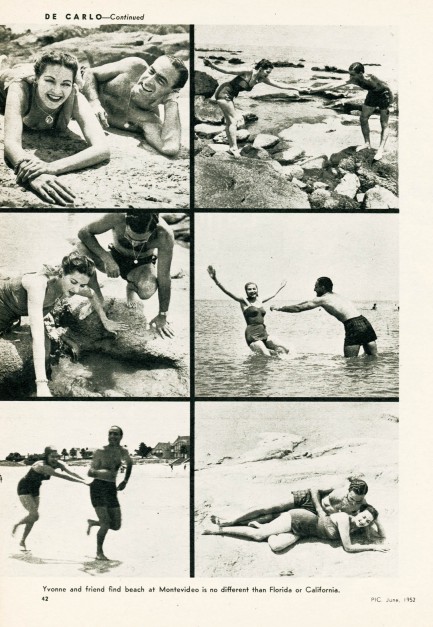
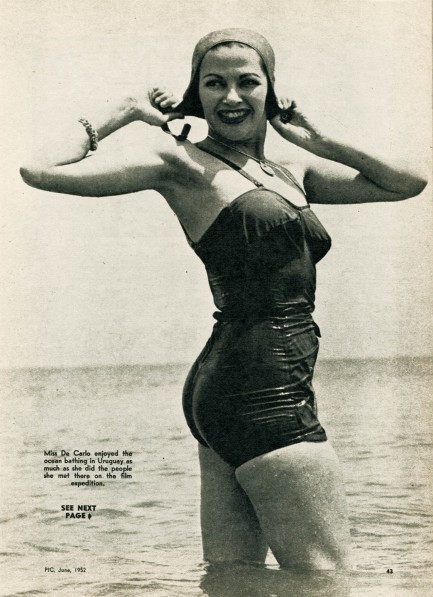
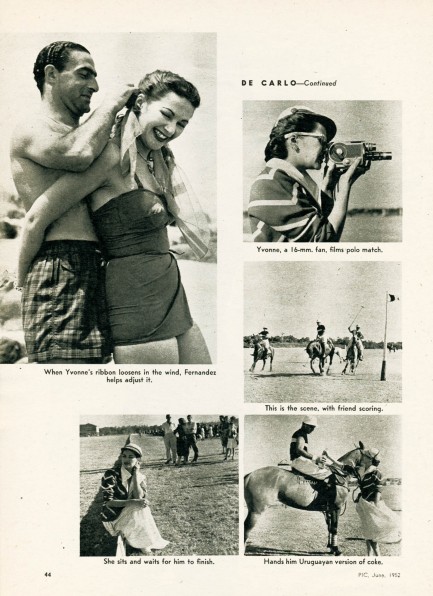
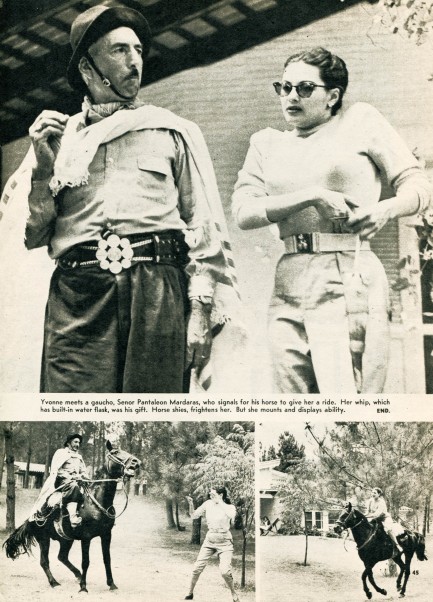
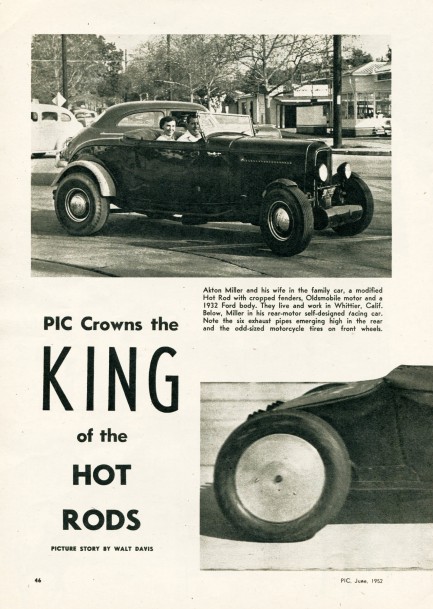
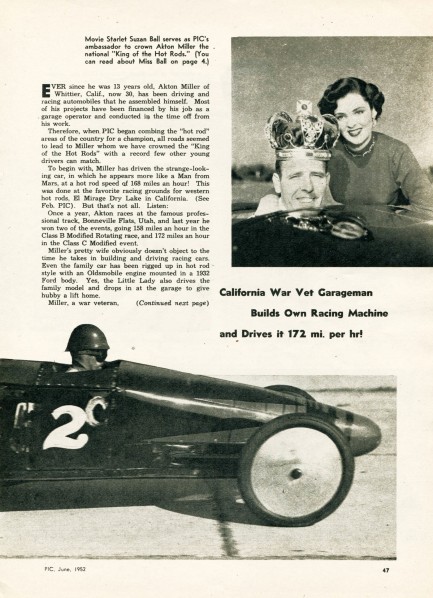
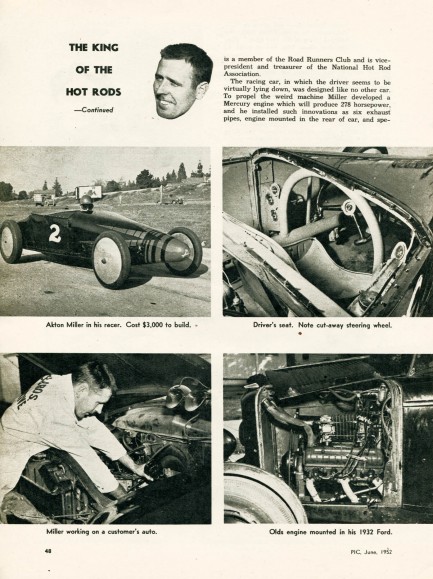
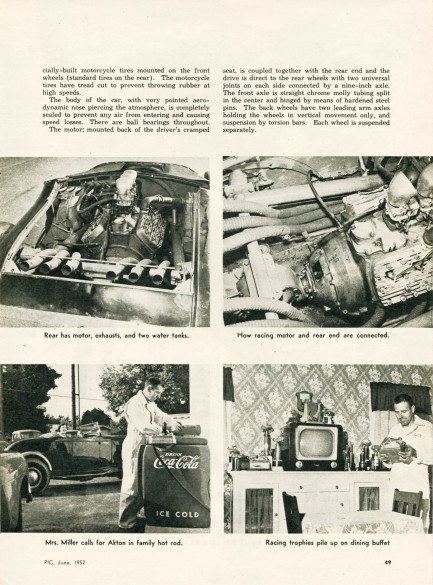
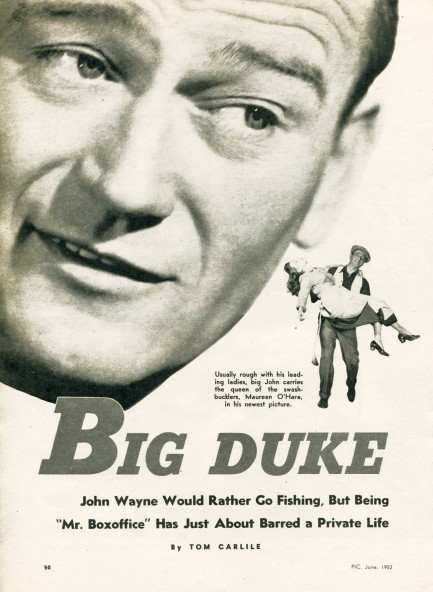
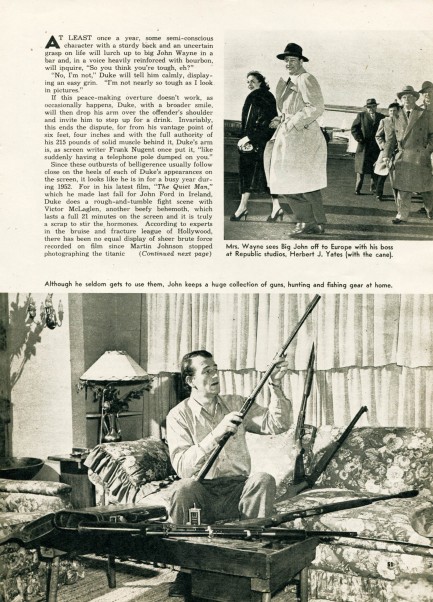
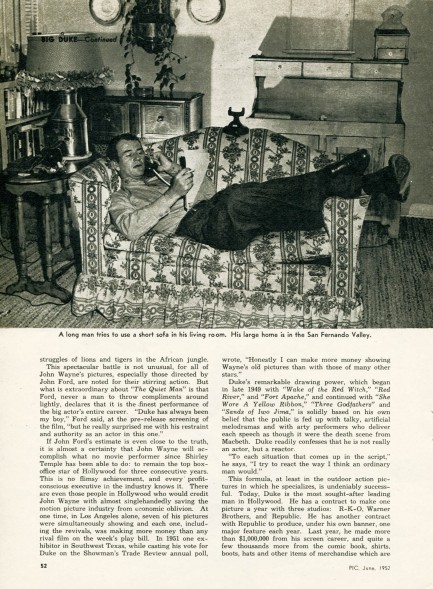
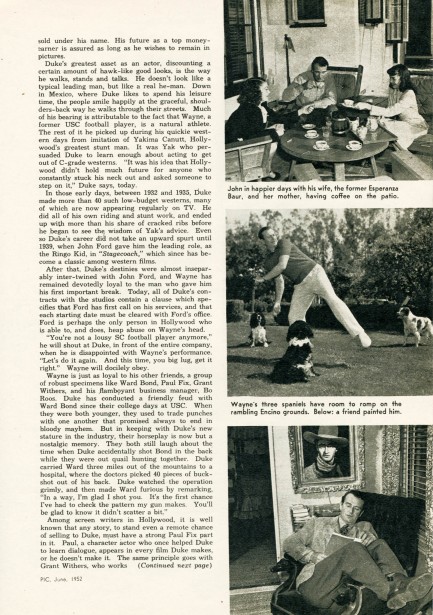
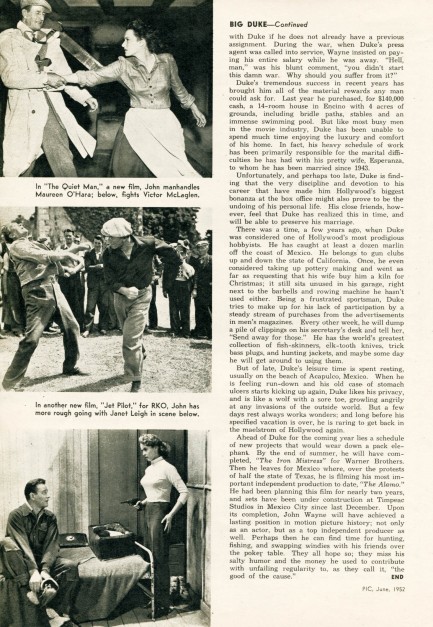
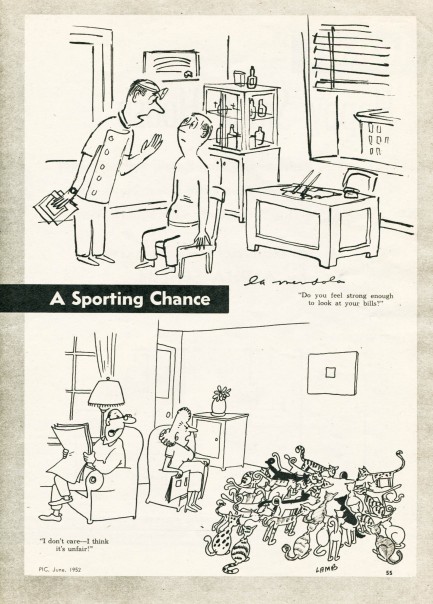
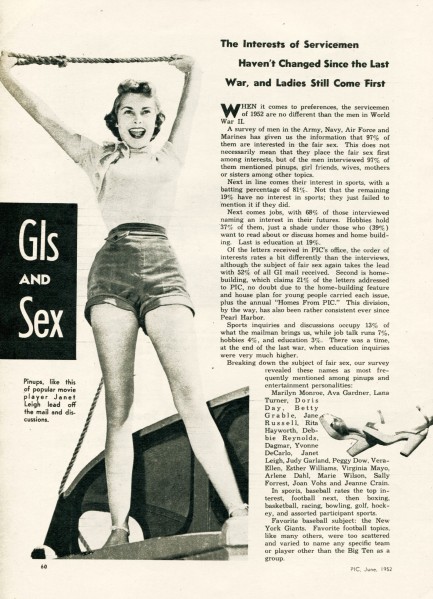
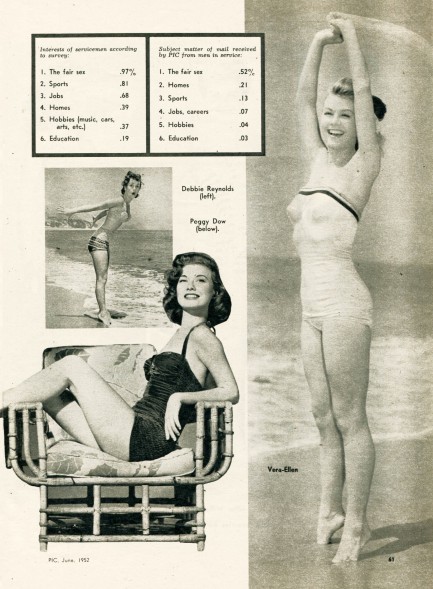
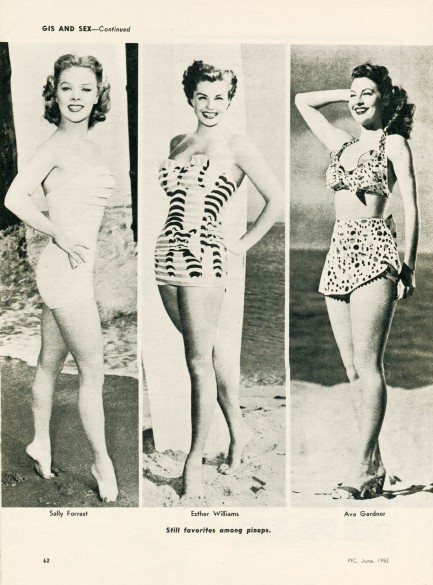
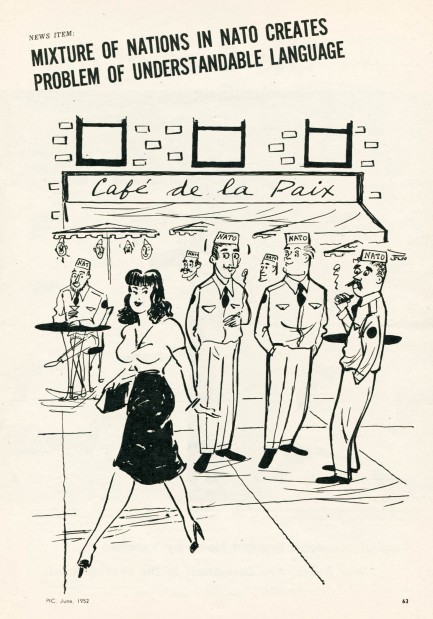
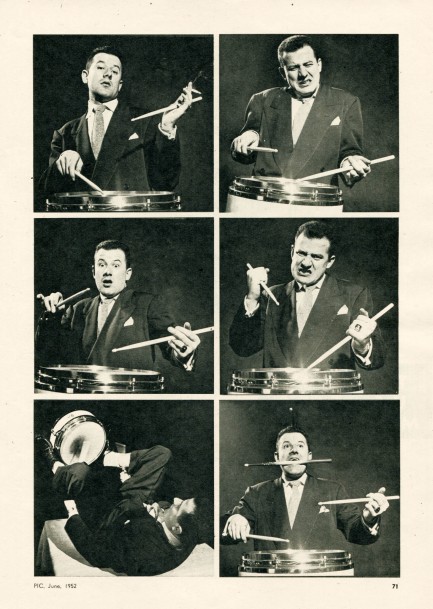
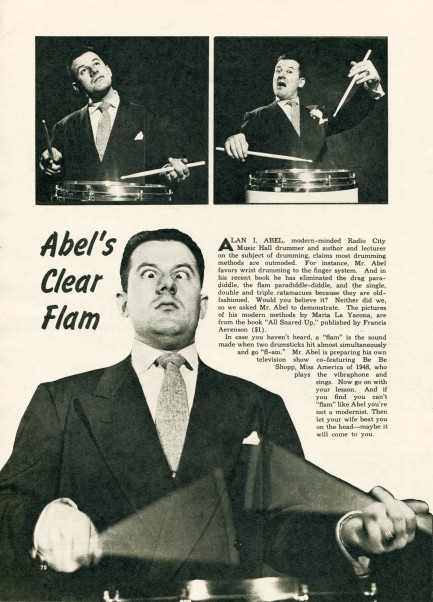
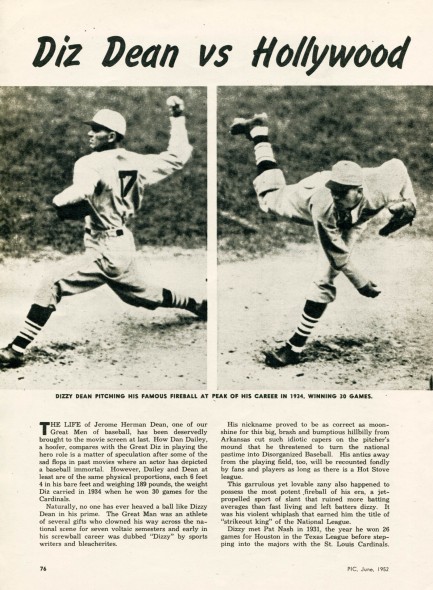
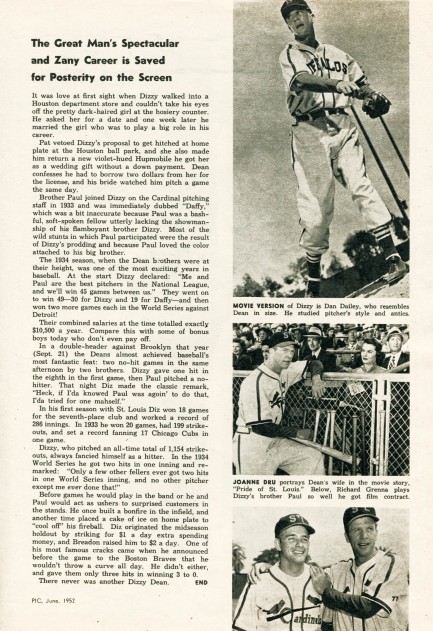
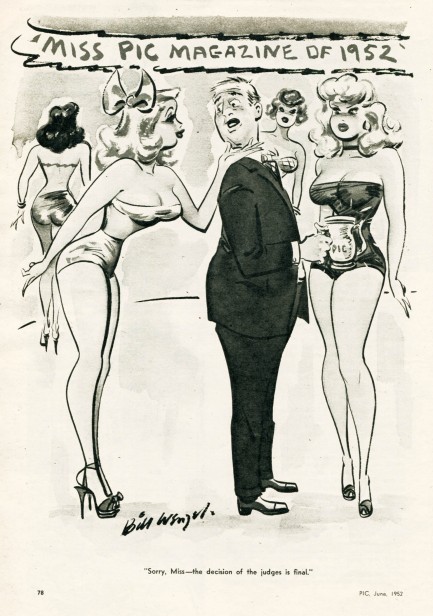
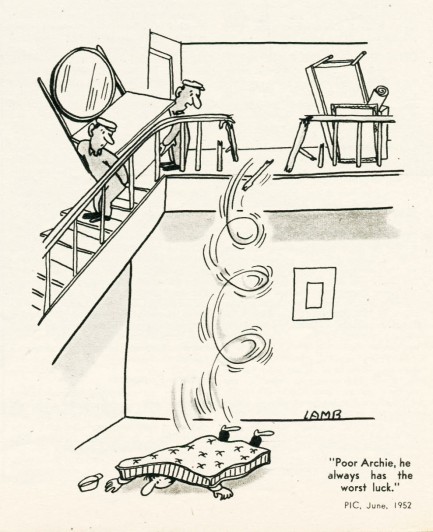

| Vintage Pulp | Sportswire | Nov 16 2013 |

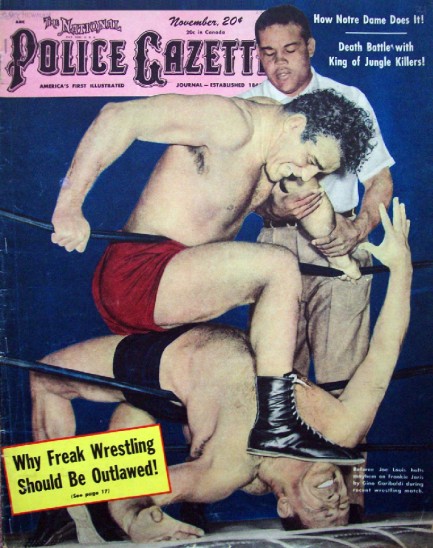
Last we saw Joe Louis he had been propelled by a Rocky Marciano punch out of the boxing ring (literally) and into an overdue retirement. But old boxers don’t usually fade away—they more often switch careers (e.g. Tyson/acting). Louis switched to wrestling in 1956, but after being diagnosed with a heart ailment, became a wrestling referee. It wasn’t such a surprising transition, as he had first refereed wrestling way back in 1944 when, during a 30-day furlough from military service, he officiated a match between Ernie Dusek and George Becker.
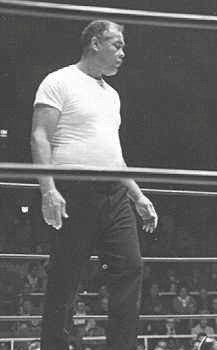 guess we’d say Jarvis is on top and Garibaldi is the one being taught the tensile limits of his own spine. We checked both those guys out and while Jarvis produced no hits on the web, turns out Garibaldi was a major wrestling figure who fought more than 1,300 bouts over his career (doubtless some Pulp Intl. readers already knew that, but go easy on us—it was well before our time).
guess we’d say Jarvis is on top and Garibaldi is the one being taught the tensile limits of his own spine. We checked both those guys out and while Jarvis produced no hits on the web, turns out Garibaldi was a major wrestling figure who fought more than 1,300 bouts over his career (doubtless some Pulp Intl. readers already knew that, but go easy on us—it was well before our time).| Sportswire | Oct 26 2013 |

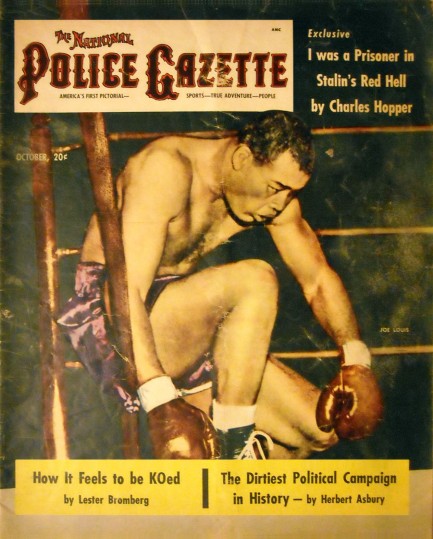
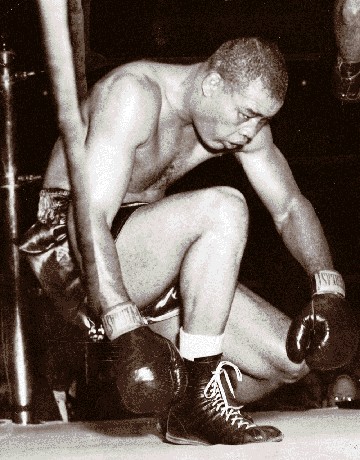 It’s been awhile since we shared one of The National Police Gazette’s famed boxing covers, so today we have a smudged and smeared but still compelling one featuring Joe Louis after being knocked down by Rocky Marciano. Louis had taken the fight strictly for the money, which he needed to deal with tax problems. Pretty much everyone (except those sneaky oddsmakers) knew Louis would lose to Marciano, who was a decade younger and the reigning heavyweight champ, and indeed Louis was knocked out in the eighth round. That was today in 1951. We also found the original photo the Gazette used for its cover, which hit newsstands in October 1952. Unfortunately we had to go to a white supremacist website to get it. We’re going to take a long shower, and we’ll continue with our regularly scheduled pulp once we feel clean again. In the meantime, to see more fascinating Gazette boxing covers start here and here, and follow the links in those posts.
It’s been awhile since we shared one of The National Police Gazette’s famed boxing covers, so today we have a smudged and smeared but still compelling one featuring Joe Louis after being knocked down by Rocky Marciano. Louis had taken the fight strictly for the money, which he needed to deal with tax problems. Pretty much everyone (except those sneaky oddsmakers) knew Louis would lose to Marciano, who was a decade younger and the reigning heavyweight champ, and indeed Louis was knocked out in the eighth round. That was today in 1951. We also found the original photo the Gazette used for its cover, which hit newsstands in October 1952. Unfortunately we had to go to a white supremacist website to get it. We’re going to take a long shower, and we’ll continue with our regularly scheduled pulp once we feel clean again. In the meantime, to see more fascinating Gazette boxing covers start here and here, and follow the links in those posts.| Sportswire | Jan 27 2012 |

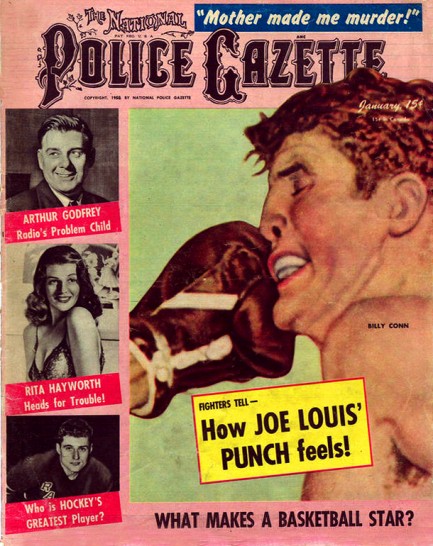
Maybe he doesn’t look so impressive getting his face flattened by Joe Louis on this National Police Gazette cover form this month in 1950, but Billy Conn is actually one of boxing’s legendary figures. His final record of 64-12-1 was quite good, but it was his two losses to Louis that were enshrined in boxing lore. The first time they fought, in 1941, Conn stepped up in class from light-heavy to heavy without actually putting on any extra weight. It was an unheard of move, but it paid off. During the fight, his superior mobility helped him get ahead on points, and he sustained the lead the entire bout. But when he got greedy in round thirteen and tried to knock Louis out, a few counterpunches from the Brown Bomber put Conn on the canvas. Following the fight he quipped, “I lost my head and a million bucks.” After both men served a stint in the army during World War II, they met again in 1946. Conn was still the more agile of the two, and before the fight a reporter suggested to Joe Louis that Conn might stay out of reach and try for a victory on points. Louis responded with a line that people repeat to this day, but most likely with no idea where it came from: “He can run, but he can’t hide.” Louis won that bout too. The Gazette cover is from their first battle. We’ve posted the original photo they used just below, along with others.
